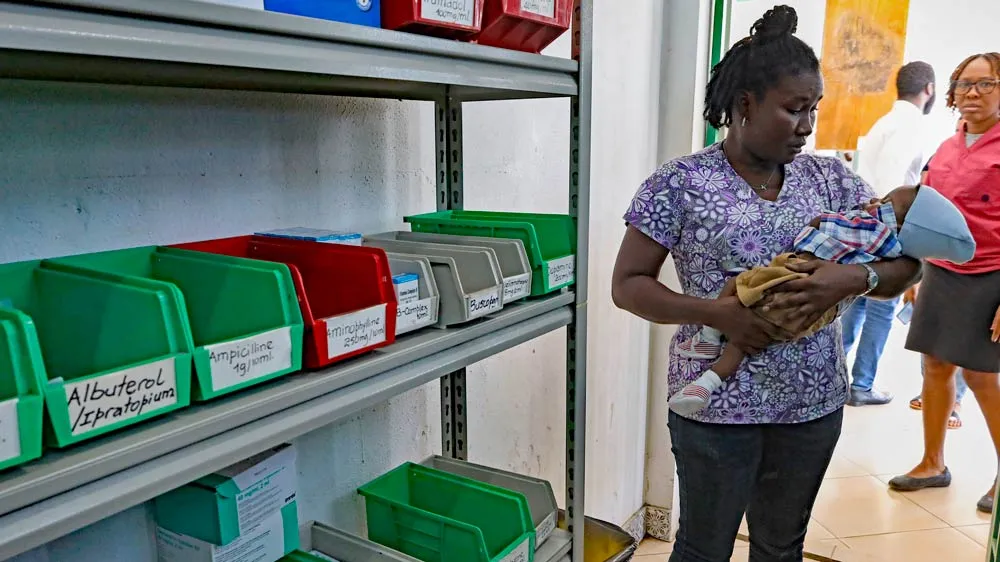August 26, 2013
NY Historical Society Screens "How to Survive a Plague"
Winnie McCroy READ TIME: 4 MIN.
On September 3, in conjunction with the exhibition "AIDS in New York: The First Five Year," David France will screen his documentary "How to Survive a Plague," a look at how AIDS activists in ACT UP targeted Washington lawmakers and the medical establishment to advance HIV/AIDS treatment.
"'How to Survive a Plague' is a model for the here and now of how social change occurs," hailed The New York Times. It is on the top 10 lists of more than twenty major publications across the nation, earning 12 nominations and seven wins during the 2012 2013 film season, including a nomination for Best Documentary Feature at the 85th Academy Awards.
"How to Survive a Plague" is the story of two coalitions -- ACT UP and TAG (Treatment Action Group) -- whose activism and innovation turned AIDS from a death sentence into a manageable condition. With unfettered access to a treasure trove of never-before-seen archival footage from the 1980s and '90s, filmmaker and director France puts the viewer smack in the middle of the controversial actions, the heated meetings, the heartbreaking failures and the exultant breakthroughs of heroes in the making.
The film uses raw footage from assorted ACT UP protests in New York City and at the Food and Drug Administration and National Institutes of Health in the Washington, DC, area giving viewers a refresher course in the group's biggest and most attention-grabbing actions.
Vivid scenes from ACT UP's raucous general meetings that were held at the first-floor meeting room in the gay community center in Manhattan reveal the heightened emotions of people with AIDS fighting for their lives, savvy strategizing and political thinking that shook up the political, medical and media establishments.
ACT UP members such as Bill Bahlman, Gregg Bordowitz, Jim Eigo, Garance Franke-Ruta, Iris Long and Peter Staley are given screen time to lay out how the group decided which drug companies or treatments to target, reminding viewers of just how terrible life was for people living with HIV prior to the development of protease inhibitors and AIDS cocktails.
The extremely controversial demonstration at St. Patrick's Cathedral over the Catholic archdiocese's abusive and dangerous meddling in public health policies regarding AIDS and abortion concerns, receives its proper due and is the one section of the film where there is an excellent reason to laugh.
Before the activists go into the church and disrupt the religious service, we watch the late Ray Navarro dressed up as Jesus Christ and wearing a crown of thorns, pretend to be a reporter for the Fire and Brimstone Network, explain that church leaders will be held accountable for trying to force their beliefs on the public health system. He also stresses the importance of condoms to stop transmissions.
Some of the angriest scenes belong to the man who played a vital a role instigating ACT UP's birth, none other than Larry Kramer. When he unleashes his temper as philosophical divisions are tearing at the group, it's like a biblical prophet beseeching his people to stop the squabbling.
The film is being shown in tandem with the exhibition "AIDS in New York: The First Five Years." This collection will explore the impact of the epidemic on personal lives, public health and medical practices, culture, and politics in New York City and the nation. Drawing from the archives of the New York Public Library, New York University, and the National Archive of LGBT History, the show will use posters, photographs, and artifacts to tell the story of the early years of AIDS in New York.
"How to Survive a Plague" will be screened at 7 p.m. on Tuesday, September 3 at the New-York Historical Society, Robert H. Smith Auditorium, 170 Central Park West at 77th Street. Guests are invited to visit the exhibition AIDS in New York: The First Five Years for free from 6 p.m.-7 p.m. For more information, visit http://www.nyhistory.org/programs/how-survive-plague
Winnie McCroy is the Women on the EDGE Editor, HIV/Health Editor, and Assistant Entertainment Editor for EDGE Media Network, handling all women's news, HIV health stories and theater reviews throughout the U.S. She has contributed to other publications, including The Village Voice, Gay City News, Chelsea Now and The Advocate, and lives in Brooklyn, New York.



